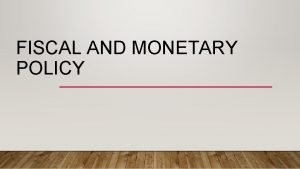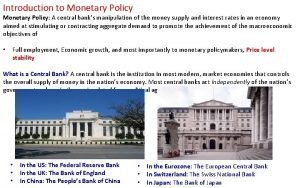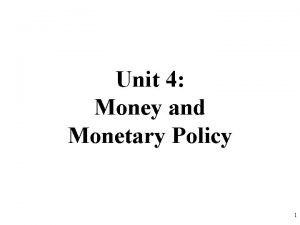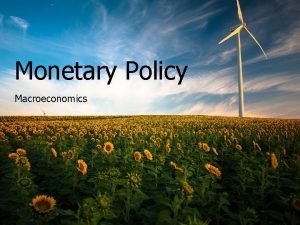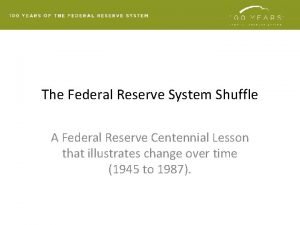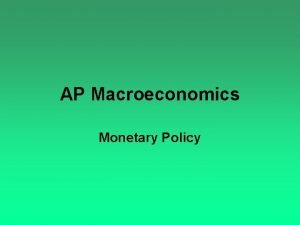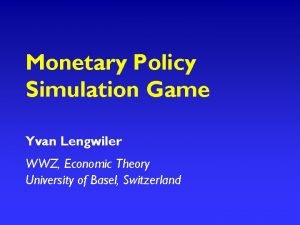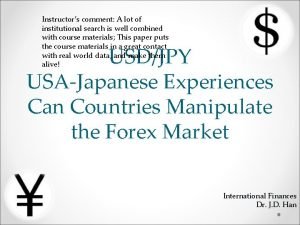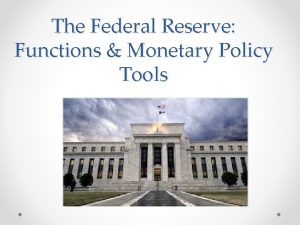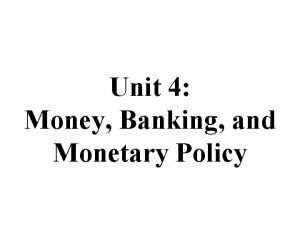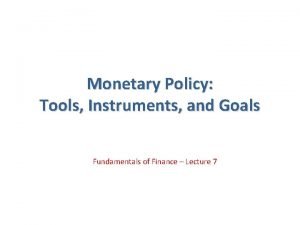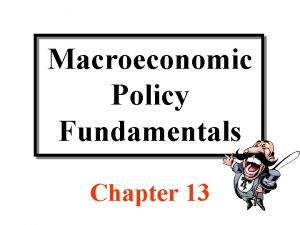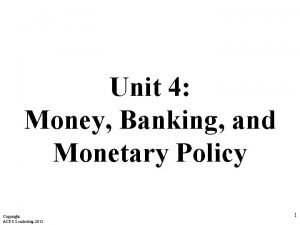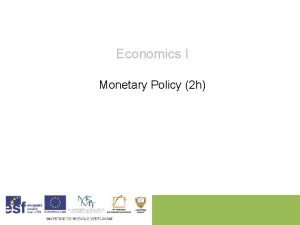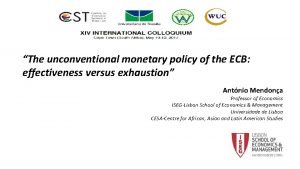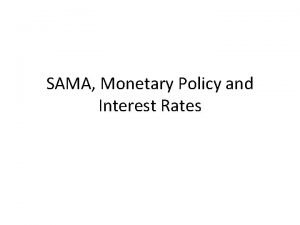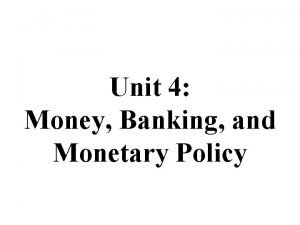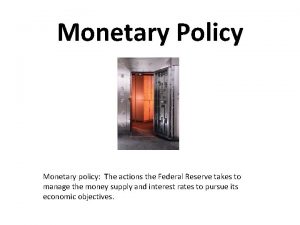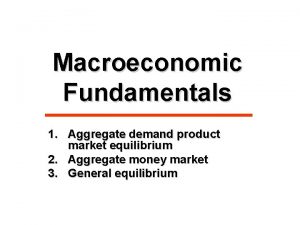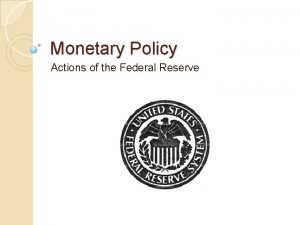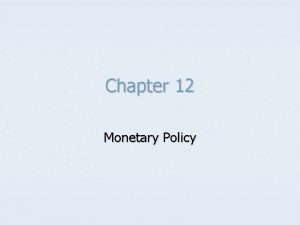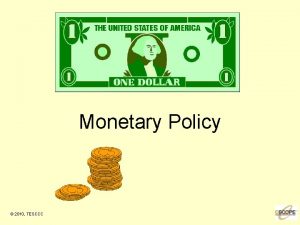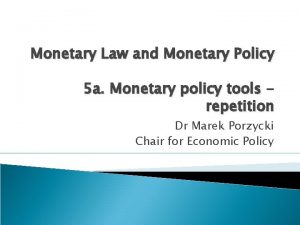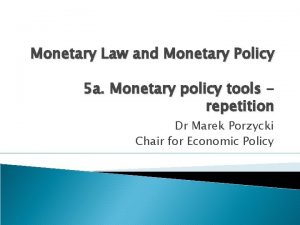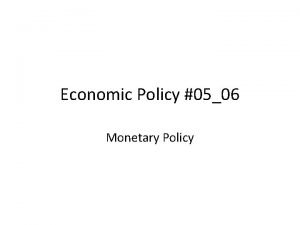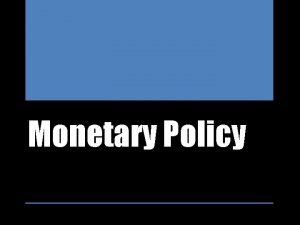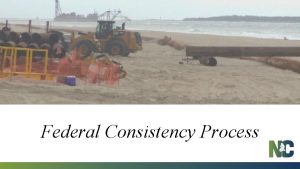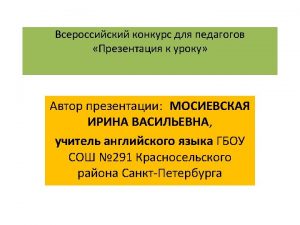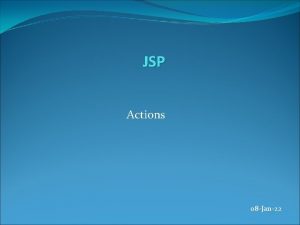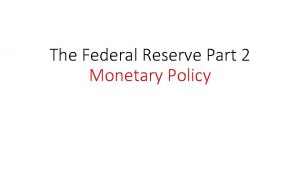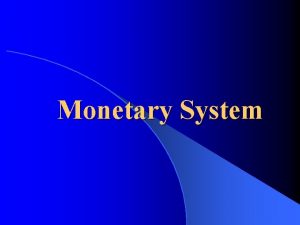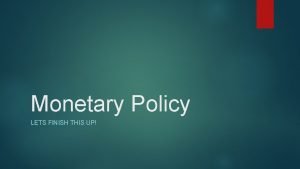Monetary Policy Monetary policy The actions the Federal

























- Slides: 25

Monetary Policy Monetary policy: The actions the Federal Reserve takes to manage the money supply and interest rates to pursue its economic objectives.

The Goals of Monetary Policy High Employment The goal of high employment extends beyond the Fed to other branches of the federal government. Economic Growth Policymakers aim to encourage stable economic growth because stable growth allows households and firms to plan accurately and encourages the long-run investment that is needed to sustain growth.

Implementation of the monetary policy 1. Set Target Federal Funds rate 2. Sell/buy treasury bills through open market operations 3. Watch the Actual (effective) Federal Funds rate Federal funds rate: The interest rate banks charge each other for overnight loans.

The Demand for Money

Shifts in the Money Demand Curve

Shifting Real Demand for Money ØChanges in Real Aggregate Spending If you plan to buy more stuff, you need more money to facilitate those transactions ØChanges in Technology ATMs and Credit Cards reduce the need to hold cash or even checkable deposits. ØChanges in Institutions

How the Fed Manages the Money Supply: A Quick Review Equilibrium in the Money Market The Impact on the Interest Rate When the Fed Increases the Money Supply

Equilibrium in the Money Market The Impact on the Interest Rate When the Fed Increases the Money Supply

The Fed Moves Interest Rates

Monetary Policy and Economic Activity How Interest Rates Affect Aggregate Demand Changes in interest rates will not affect government purchases, but they will affect the other three components of aggregate demand in the following ways: • Consumption • Investment • Net exports

Monetary Policy and Aggregate Demand ØExpansionary monetary policy is monetary policy that increases aggregate demand. ØContractionary monetary policy is monetary policy that reduces aggregate demand.

Expansionary Monetary Policy to Fight a Recessionary Gap

Contractionary Monetary Policy to Fight an Inflationary Gap

Expansionary monetary policy The Federal Reserve’s increasing the money supply and decreasing interest rates to increase real GDP. Contractionary monetary policy The Federal Reserve’s adjusting the money supply to increase interest rates to reduce inflation.

A Summary of How Monetary Policy Works Expansionary and Contractionary Monetary Policies

Federal Reserve Policy and the Business Cycle

The Short-Run and Long-Run Effects of an Increase in the Money Supply

Monetary Neutrality ØIn the long run, changes in the money supply affect the aggregate price level but not real GDP or the interest rate. ØIn fact, there is monetary neutrality: changes in the money supply have no real effect on the economy. So monetary policy is ineffectual in the long run.

The Effects of Monetary Policy on Real GDP and the Price Level: A More Complete Account An Expansionary Monetary Policy

Solved Problem The Effects of Monetary Policy

Using Monetary Policy to Fight Inflation A Contractionary Monetary Policy in 2000

Should the Fed Target the Money Supply? Some economists have argued that rather than use an interest rate as its monetary policy target, the Fed should use the money supply. Many of the economists who make this argument belong to a school of thought known as monetarism. The leader of the monetarist school was Nobel Laureate Milton Friedman and his followers favored replacing monetary policy with a monetary growth rule.

A Closer Look at the Fed’s Setting of Monetary Policy Targets Should the Fed Target Inflation? Inflation targeting: Conducting monetary policy so as to commit the central bank to achieving a publicly announced level of inflation.

Making the Connection • How Does the Fed Measure Inflation? In 2000, the Fed announced that it would rely more on the PCE than on the CPI in tracking inflation. The Fed noted three advantages that the PCE has over the CPI: 1 The PCE is a so-called chain-type price index, as opposed to the marketbasket approach used in constructing the CPI. As we saw in Chapter 20, because consumers shift the mix of products they buy each year, the market -basket approach makes the CPI overstate actual inflation. A chain-type price index allows the mix of products to change each year. 2 The PCE includes the prices of more goods and services than the CPI, so it is a broader measure of inflation. 3 Past values of the PCE can be recalculated as better ways of computing price indexes are developed and as new data become available. This allows the Fed to better track historical trends in the inflation rate.

Is the Independence of the Federal Reserve a Good Idea? The Case against Fed Independence In democracies, elected representatives usually decide important policy matters. In the United States, however, monetary policy is not decided by elected officials. Instead, it is decided by the unelected FOMC. Because those deciding monetary policy do not have to run for election, they are not accountable for their actions to the ultimate authorities in a democracy: the voters.
 Fiscal vs monetary policy
Fiscal vs monetary policy To type
To type Example of medium of exchange
Example of medium of exchange Moral suasion example
Moral suasion example Unit 4 money and monetary policy
Unit 4 money and monetary policy Contractionary monetary policy
Contractionary monetary policy Expansionary monetary policy flow chart
Expansionary monetary policy flow chart Lesson quiz 16-1 monetary policy
Lesson quiz 16-1 monetary policy Monetary policy types
Monetary policy types Monetary policy simulation game
Monetary policy simulation game Conclusion of monetary policy
Conclusion of monetary policy Contractionary fiscal policy interest rate
Contractionary fiscal policy interest rate Ano ang tight money policy
Ano ang tight money policy Unit 4 money banking and monetary policy
Unit 4 money banking and monetary policy Three tools of monetary policy
Three tools of monetary policy Meaning of monetary
Meaning of monetary Expansionary policy
Expansionary policy Instruments of monetary policy
Instruments of monetary policy Unit 4 money and monetary policy
Unit 4 money and monetary policy What are the objectives of monetary policy
What are the objectives of monetary policy Ecb unconventional monetary policy
Ecb unconventional monetary policy Sama exchange rate
Sama exchange rate Unit 4 money banking and monetary policy
Unit 4 money banking and monetary policy Monetary policy summary
Monetary policy summary What is the meaning of monetary policy
What is the meaning of monetary policy Expansionary monetary policy
Expansionary monetary policy
